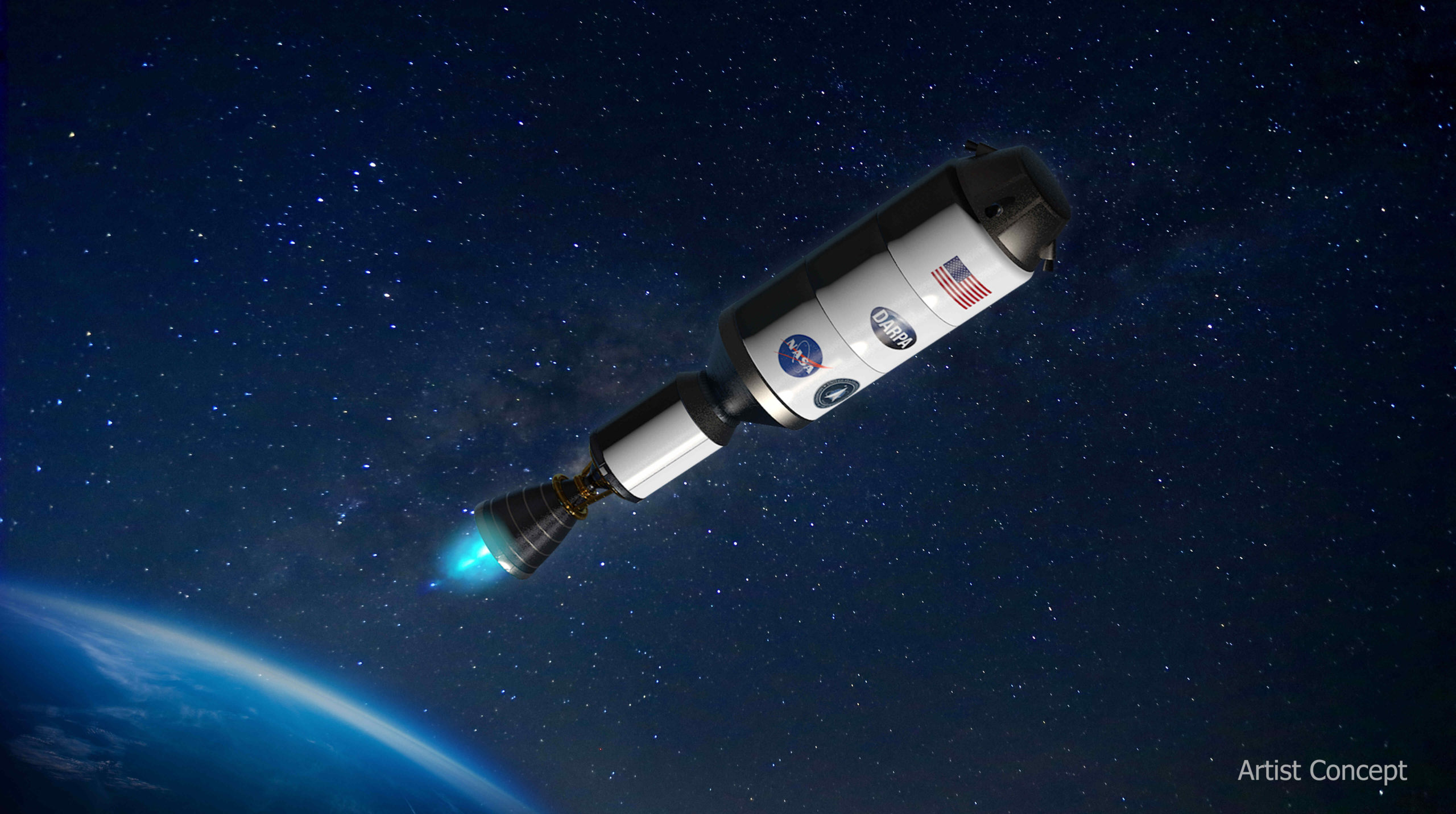
NASA and the Defense Advanced Research Projects Agency (DARPA) are teaming up for a new mission that could change space travel forever. They’re aiming to launch the world’s very first nuclear-powered spacecraft into orbit, and it could happen as soon as 2025.
The mission, known as Demonstration Rocket for Agile Cislunar Operations (DRACO), comes with a hefty price tag of $499 million.
The purpose of this mission is to test a new rocket propulsion system, which the agencies believe could take astronauts to Mars in a record-breaking 45 days.
To make this dream a reality, NASA and DARPA joined forces with the U.S. defense contractor Lockheed Martin. Their plan is to work together in designing, building, and testing the prototype.
NASA and the US military said Wednesday they had selected defense contractor Lockheed Martin to develop a nuclear powered rocket, with a view to using the technology for missions to Mars. pic.twitter.com/hIvNOm1ilM
— Peter the Great Space Science☀️ (@Space_PHD) July 27, 2023
During a press conference, Kirk Shireman, Vice President of Lockheed Martin Lunar Exploration Campaigns, expressed his enthusiasm about the upcoming mission. He stated that their team is determined to assemble and launch this demonstration successfully.
Their primary goal is to collect valuable data, which they believe will mark a new era for the United States and all of humanity, supporting our space exploration.
NASA’s current rocket systems are based on a century-old method
NASA’s existing rocket systems, like the Space Launch System responsible for the momentous Artemis 1 mission to the moon last year, rely on a century-old technique known as chemical propulsion.
This method involves combining flammable rocket fuel with an oxidizer to produce a thrust that propels the rocket.
In contrast, the new nuclear system will utilize the energy from splitting atoms in a chain reaction to propel the spacecraft. NASA states that this nuclear fission reactor is expected to be “three or more times more efficient” than the current chemical propulsion.
As a result, it has the potential to significantly shorten the time it takes to travel to Mars, possibly reducing the current seven-month journey to a much shorter duration.
Nuclear engines may produce lower maximum thrust compared to their chemical counterparts. However, they have the advantage of operating with greater efficiency over extended periods.
This efficiency allows them to propel rockets at much higher speeds and for significantly longer durations during their journeys, reported Live Science.
Rise and fall of NASA’s first nuclear reactor
NASA started studying nuclear thermal engines in 1959, which eventually led to the creation of the Nuclear Engine for Rocket Vehicle Application (NERVA). This solid-core nuclear reactor underwent successful testing on Earth.
However, plans to use the engine in space were abandoned after the conclusion of the Apollo missions in 1973, mainly due to a significant decline in funding for the program.
See all the latest news from Greece and the world at Greekreporter.com. Contact our newsroom to report an update or send your story, photos and videos. Follow GR on Google News and subscribe here to our daily email!



